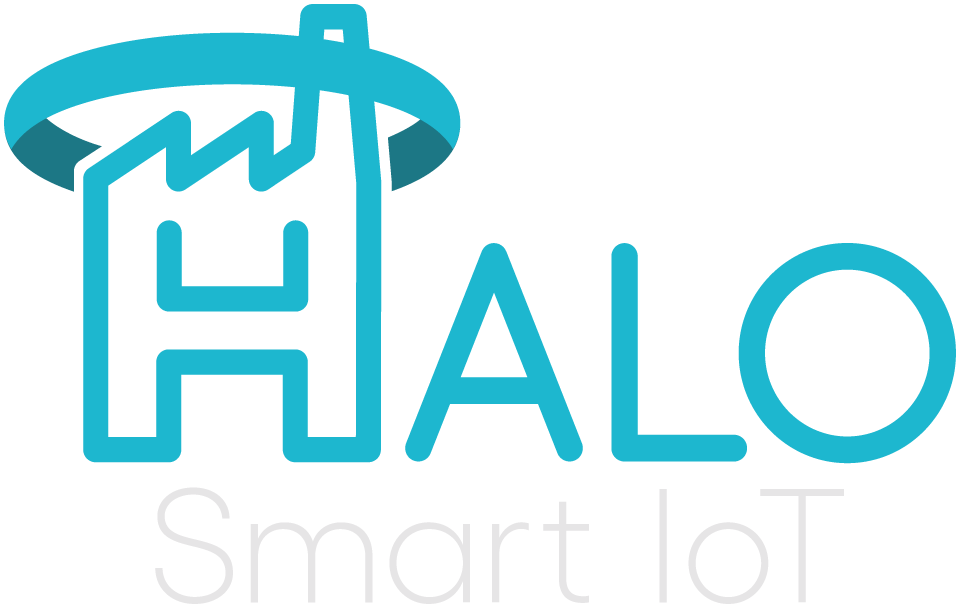The Hidden Potential in Your Housing Projects
Housing project managers and developers are under increasing pressure to reduce operational costs while meeting demanding sustainability targets. But what if your buildings could tell you exactly where energy is being wasted—and how to fix it—before the costs spiral?
Data-driven Utility Monitoring through IoT is transforming how housing projects are managed, unlocking unprecedented opportunities for cost savings, energy efficiency, and compliance. Here’s how Halo Smart IoT solutions are turning this vision into reality.
Why Utility Monitoring Matters in Housing Projects
Traditional housing maintenance typically relies on scheduled inspections and reactive responses. This often results in:
- Undetected energy waste between site visits
- Elevated utility bills from inefficient HVAC systems
- Emergency repairs that drive up costs
- Struggles to meet sustainability compliance
With building energy management systems powered by IoT, the approach shifts entirely. You gain real-time visibility into your building’s performance, enabling faster decisions, fewer surprises, and smarter investments.
Imagine knowing the moment a heating inefficiency begins—instead of realising months later through a costly winter bill.
Key Benefits of Halo Smart IoT for Housing Projects and Utility Monitoring
1. Real-Time Performance Monitoring with Utility Monitoring
Halo’s platform enables continuous tracking of utilities, delivering better HVAC energy efficiency and overall control. You can:
- Instantly detect inefficiencies
- Optimise energy use in real-time
- Benchmark performance
- Spot equipment faults early through unusual consumption patterns
For instance, a spike in usage in a single unit might indicate a faulty sensor or valve, which could go unnoticed until the next scheduled inspection. With real-time alerts, you act immediately.
2. Proactive Maintenance with Leak Detection and Utility Monitoring
Using smart home sensors, including water and humidity detectors, Halo identifies potential issues before they escalate. These IoT-enabled tools:
- Minimise downtime
- Reduce emergency repair costs
- Extend asset lifespan
- Prevent structural damage and mould from undetected leaks
A minor bathroom leak might cause thousands in damage if unnoticed. Halo’s leak detection triggers alerts on day one—so you fix a fitting instead of replacing flooring.
3. Simplified Compliance with UK Regulations via Utility Monitoring
Meeting environmental and efficiency standards is non-negotiable. Halo supports compliance by:
- Tracking and documenting energy usage
- Supporting carbon reduction goals
- Providing verifiable performance data
- Aligning with IES standards
Instead of rushing last-minute to complete sustainability reports, your compliance data is already collected, analysed, and ready to share.
Practical Use Across Housing Types and Utility Monitoring Applications
Rental Properties
Smart technology directly influences tenant satisfaction and operational savings. Key features include:
- People-counting for HVAC control
- Temperature sensors to ensure comfort
- Usage analytics to identify inefficiencies
- Alerts for overcrowding or unauthorised access
If certain flats are using more energy than expected, property managers can investigate insulation issues or advise tenants on energy-saving behaviour.
Public and Shared Areas
Communal spaces are notorious for energy waste. Halo transforms their management with:
- Temperature and humidity control
- Motion-based lighting systems
- Automated HVAC adjustments
- Alerts for system anomalies
A community centre that once heated empty rooms overnight now adjusts temperatures based on occupancy—saving thousands annually while maintaining comfort.
The Financial Impact: Return on Investment with Utility Monitoring
The ROI of IoT Utility Monitoring is tangible. Consider these typical outcomes:
- 15–30% reduction in energy bills
- Lower maintenance costs from fewer breakdowns
- Extended equipment life
- Improved tenant satisfaction and retention
- Streamlined compliance, reducing fines and admin hours
Most housing developers find that Halo’s system pays for itself within 12 to 24 months.
Implementation Tips for Developers in Utility Monitoring
Start small and scale smart:
- Set clear objectives (e.g. cost reduction, compliance, comfort)
- Choose systems that integrate with your existing tech
- Use smart home sensors with multi-sensor functionality
- Ensure user-friendly dashboards for faster action
- Consider pilot projects before a full rollout
Future-Proof Your Housing Stock with Utility Monitoring
With predictive analytics, 24/7 monitoring, and integration-ready design, Halo Smart IoT is built for the future. As energy efficiency in housing becomes a priority across the UK, developers with smart infrastructure in place will lead on cost control, compliance, and tenant wellbeing.
Take the Next Step in Utility Monitoring
Utility Monitoring is more than technology—it’s a shift in how we manage housing. Smarter systems mean better outcomes for developers, tenants, and the planet.
Want to know how Halo Smart IoT can improve your housing projects? Get in touch to explore tailored solutions for your properties.
